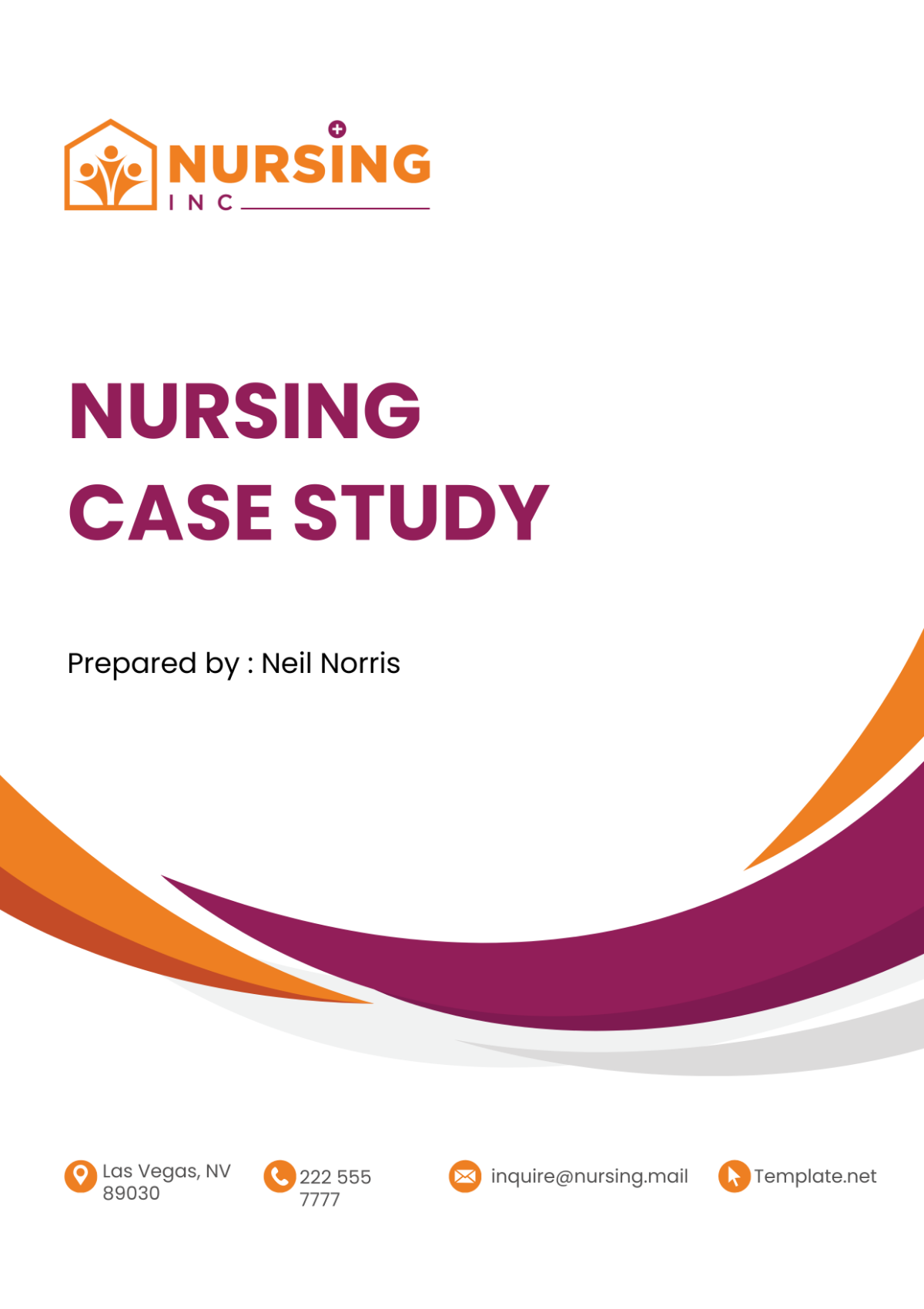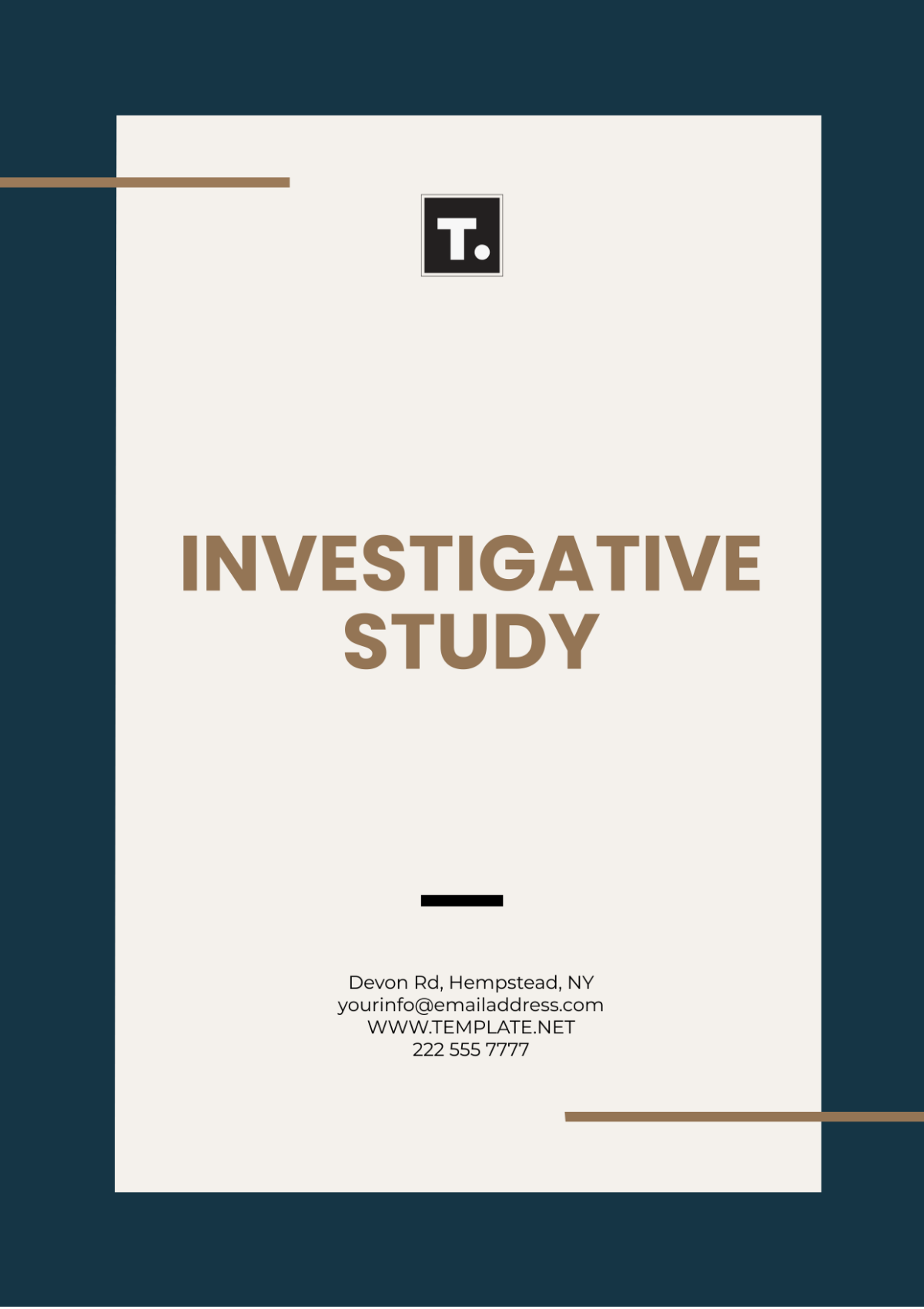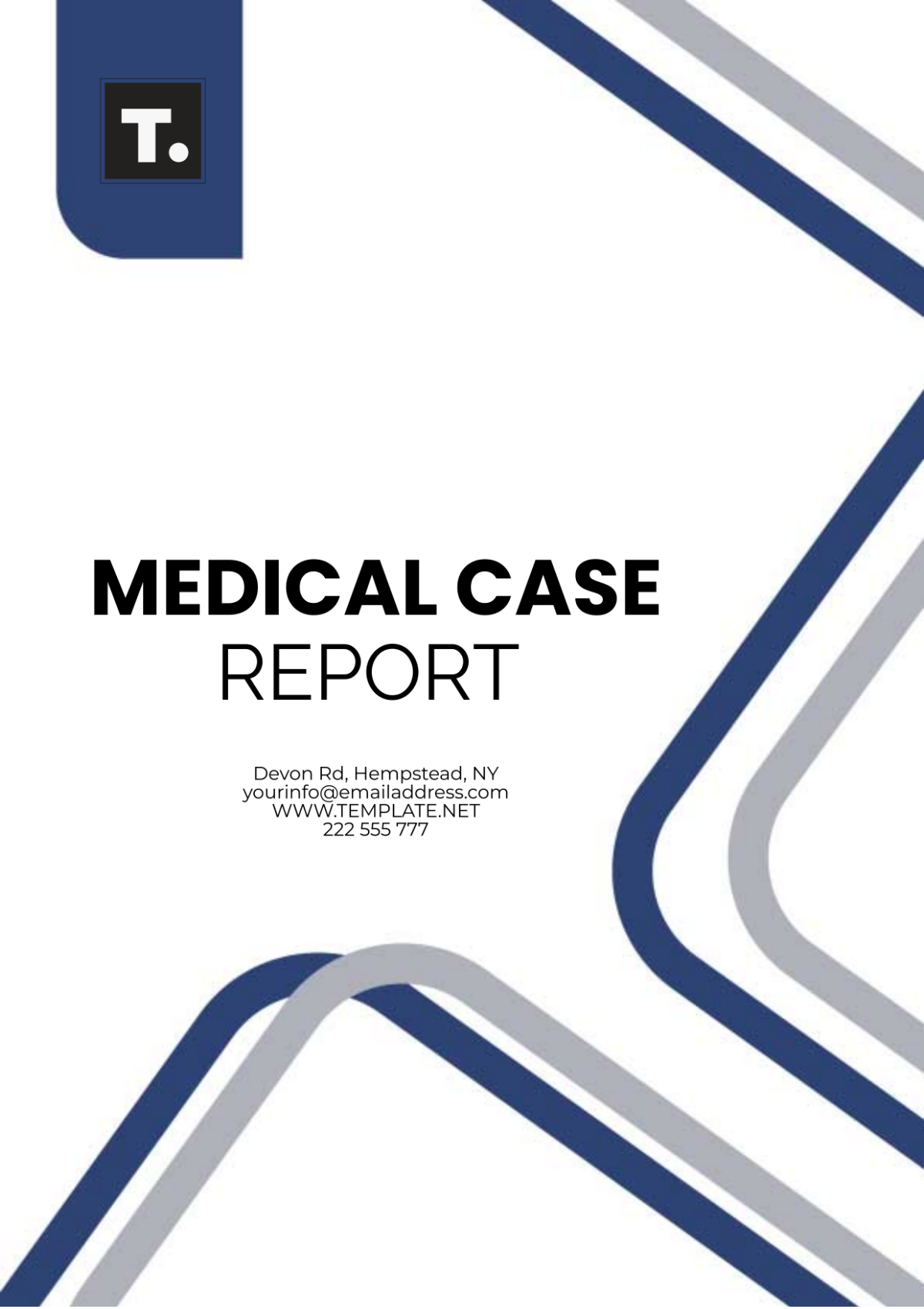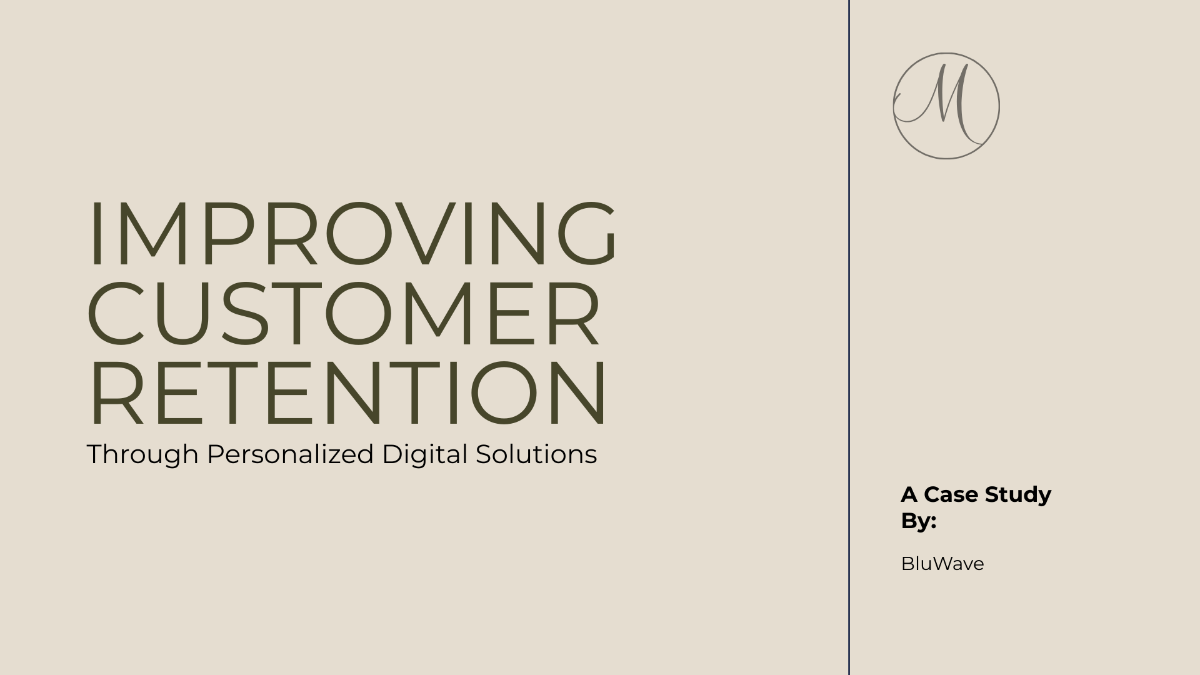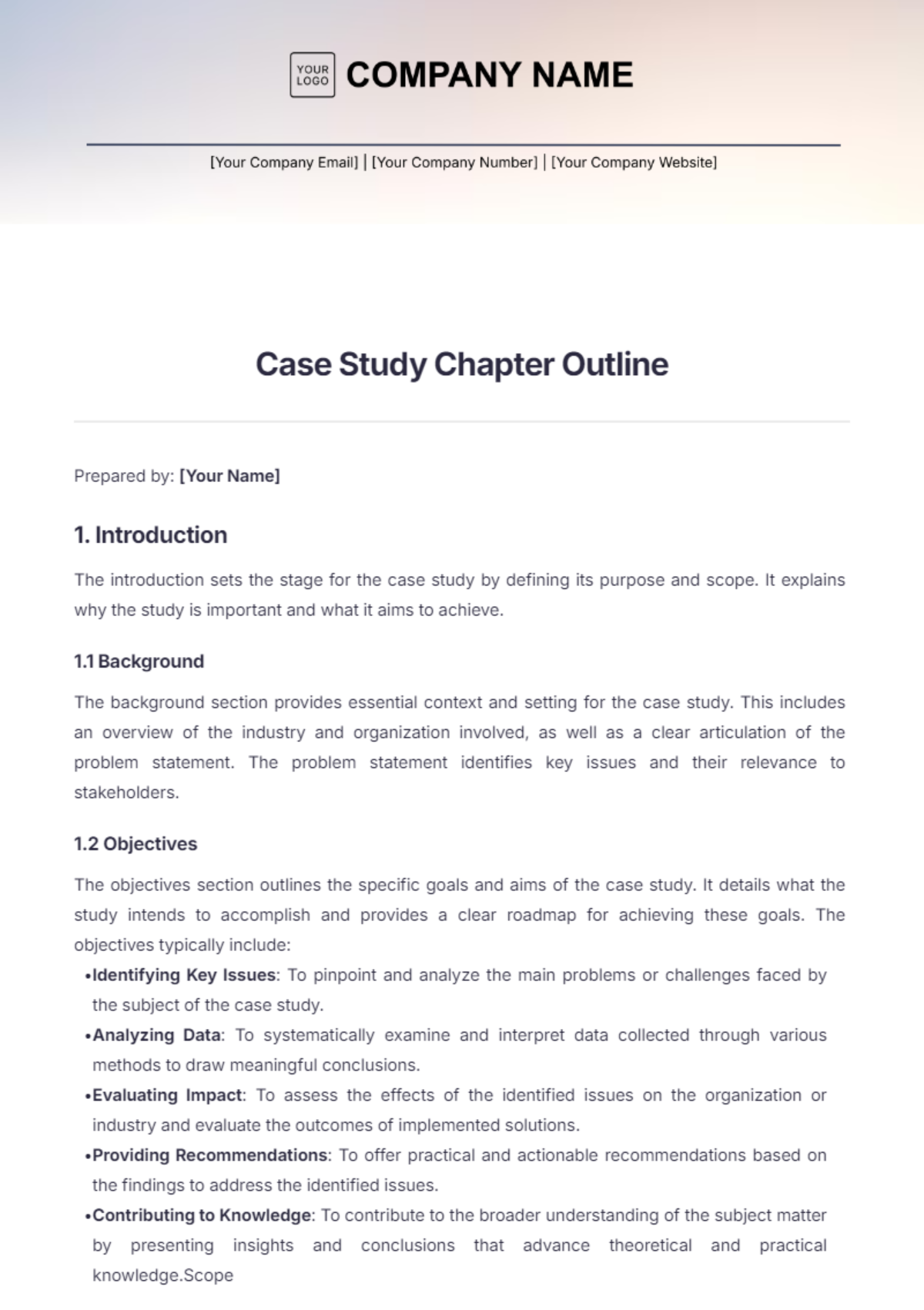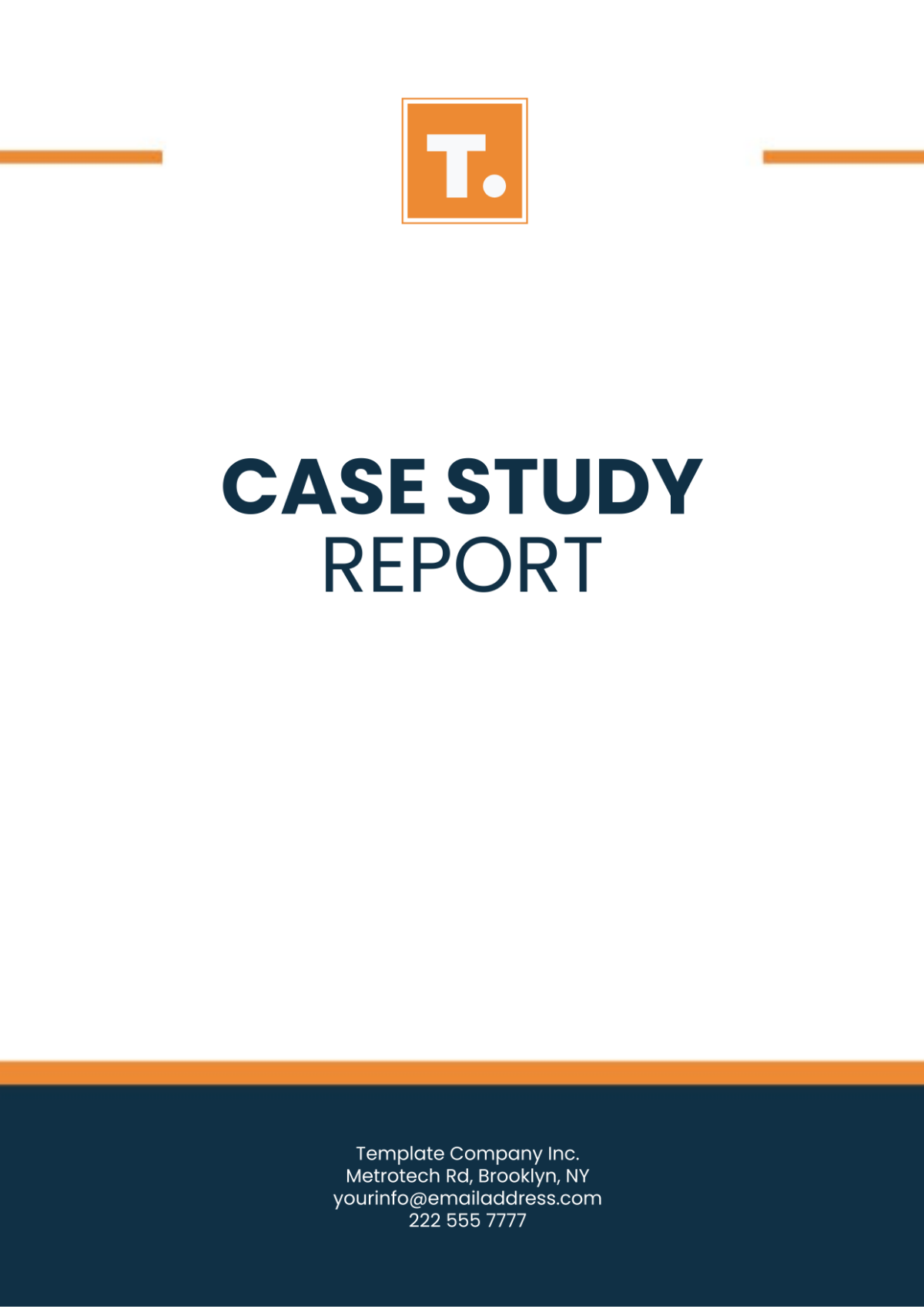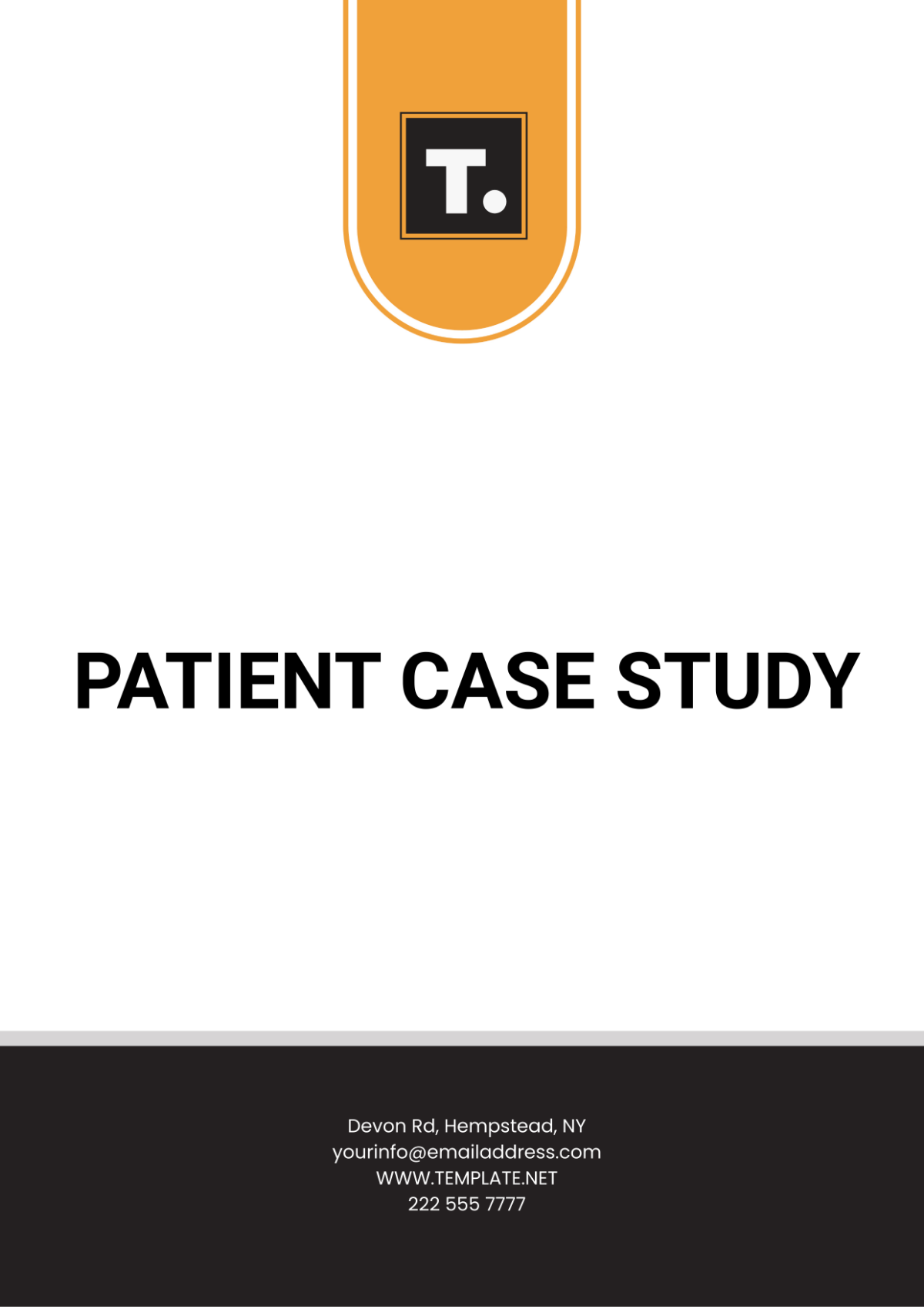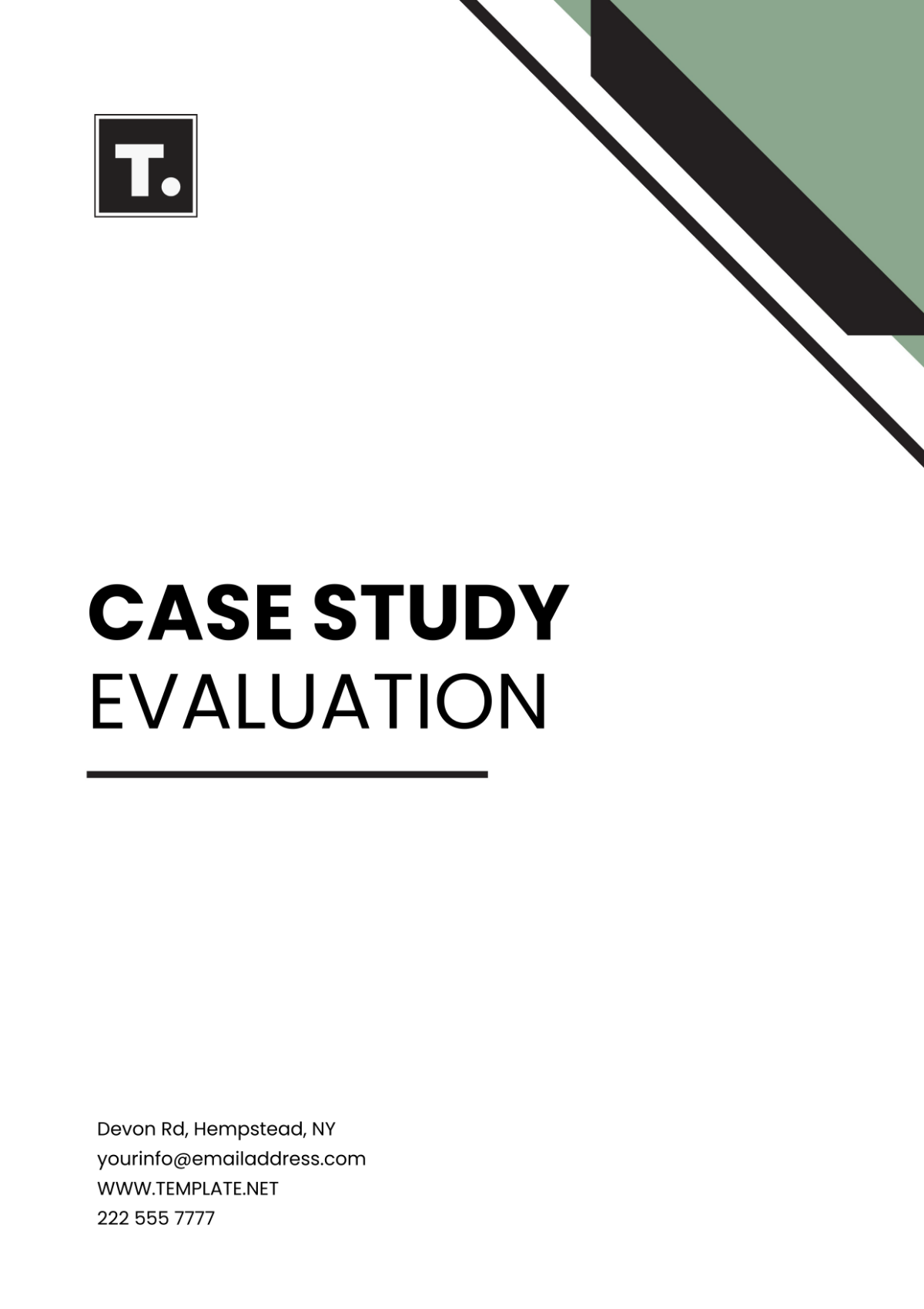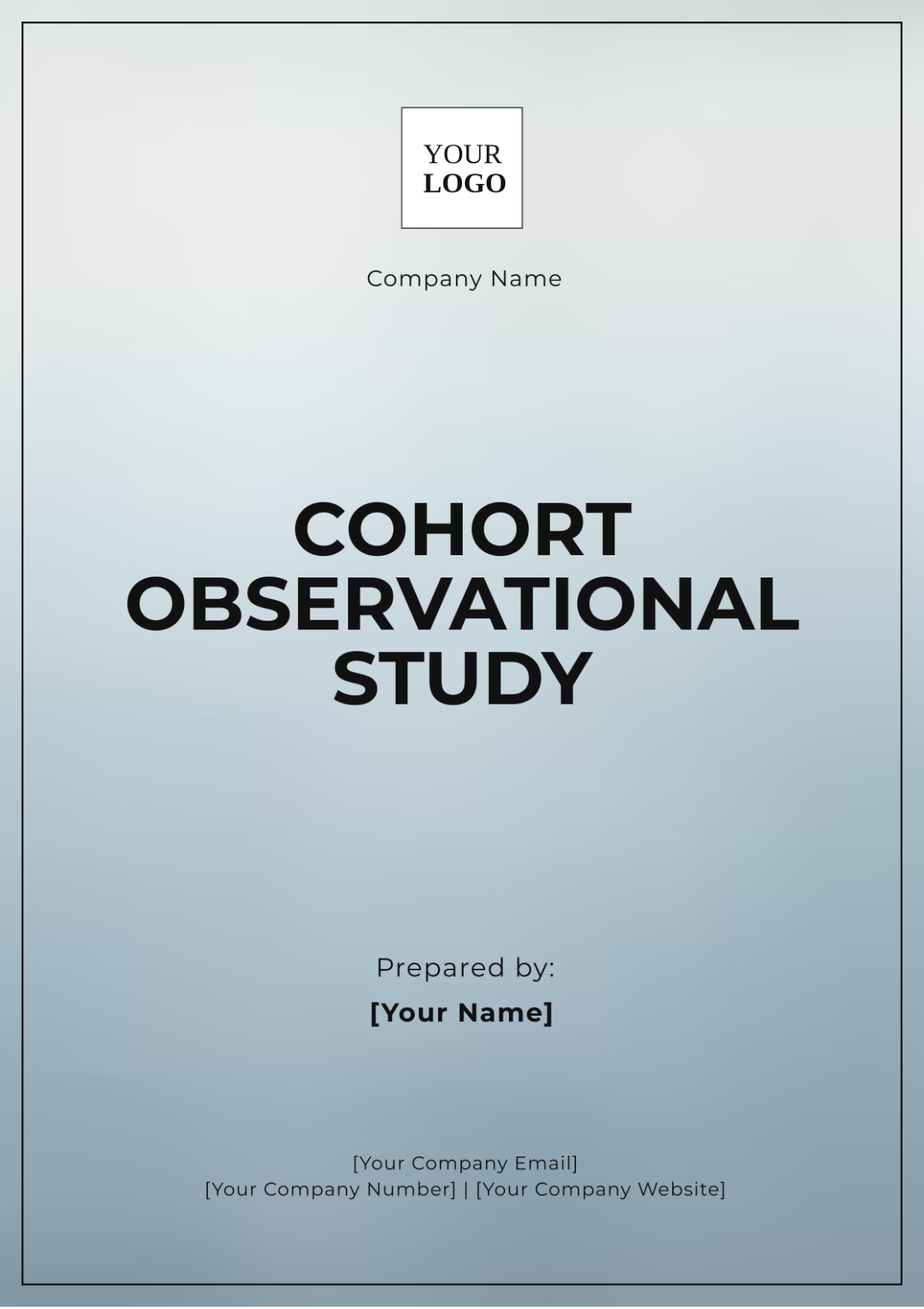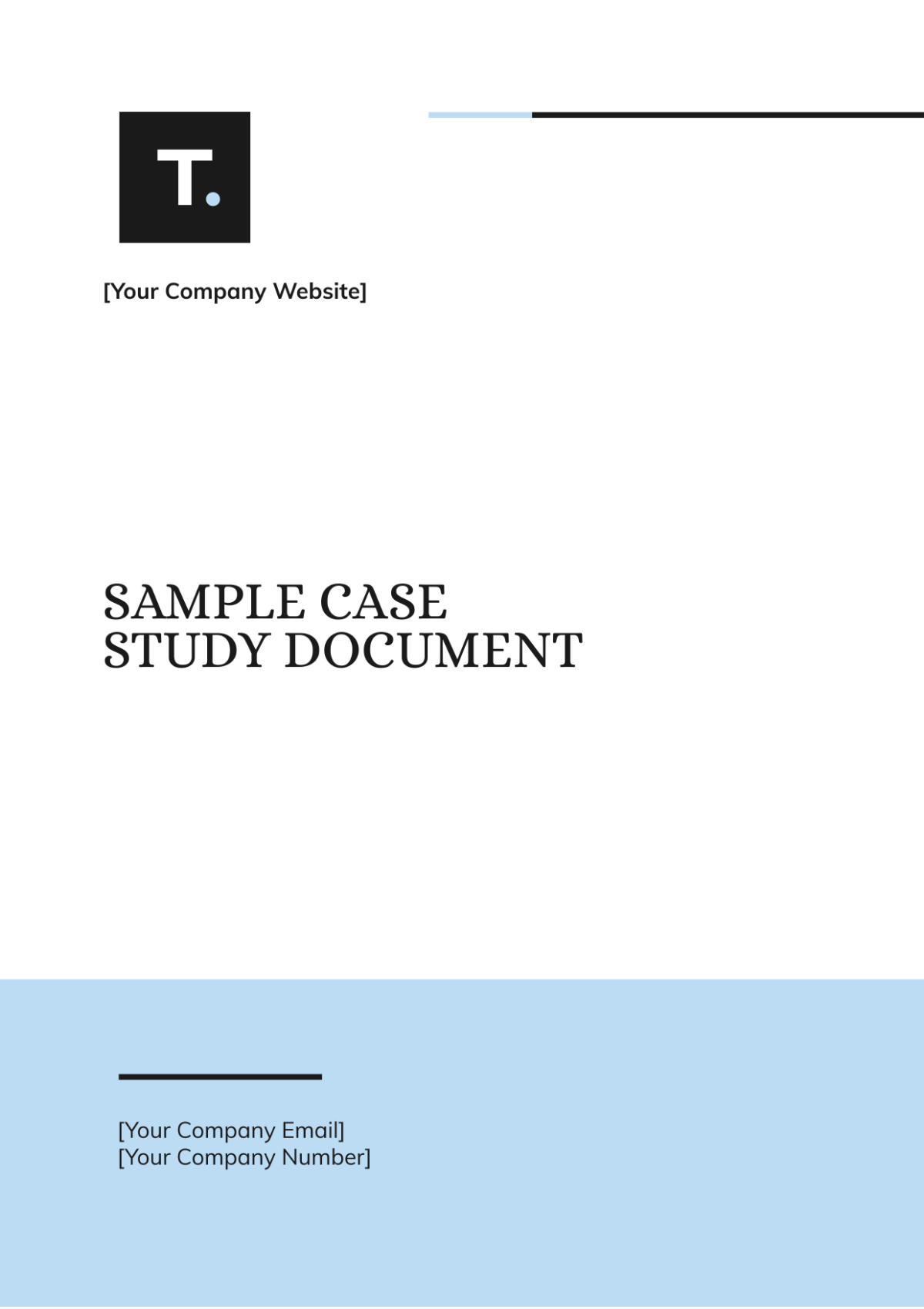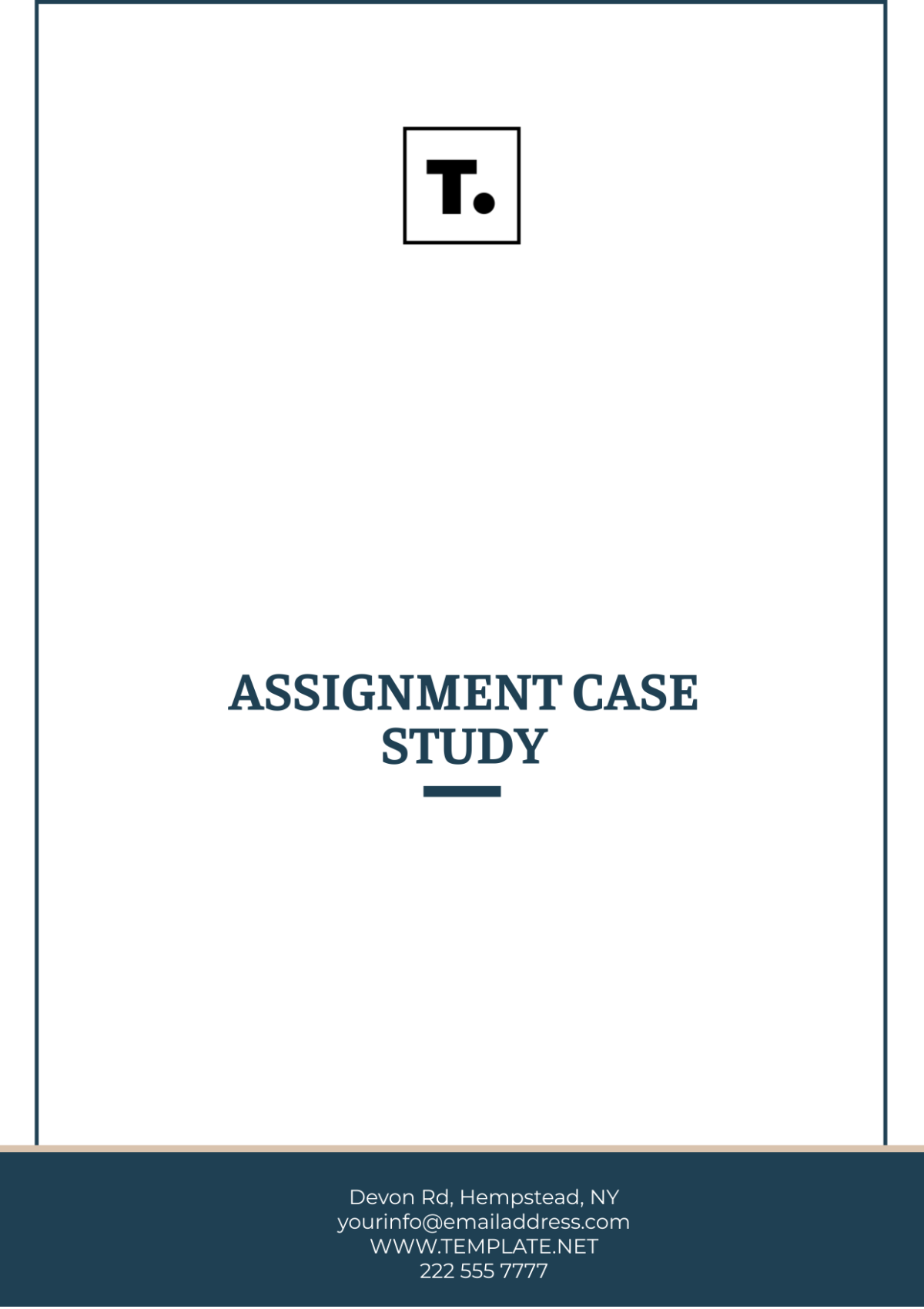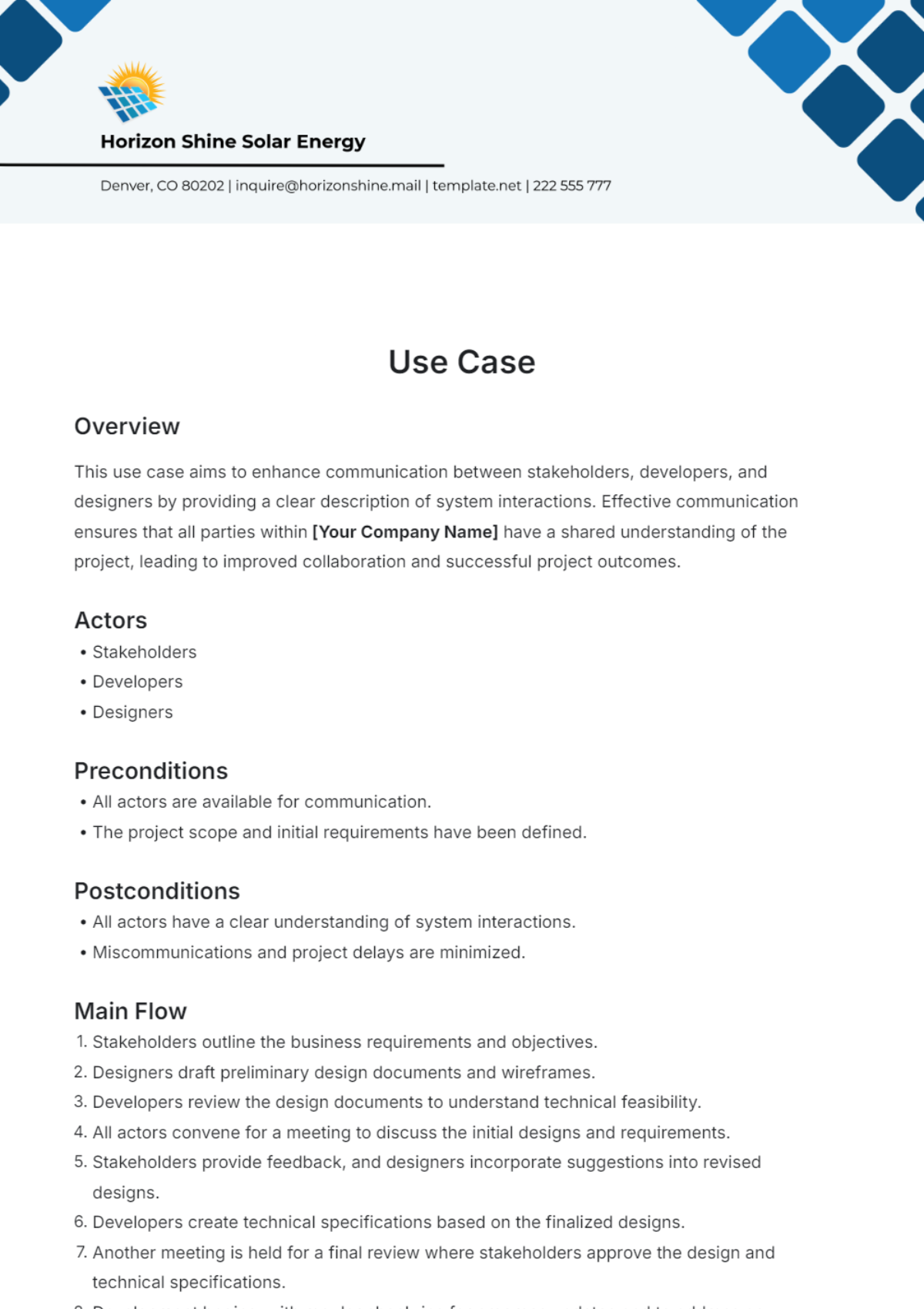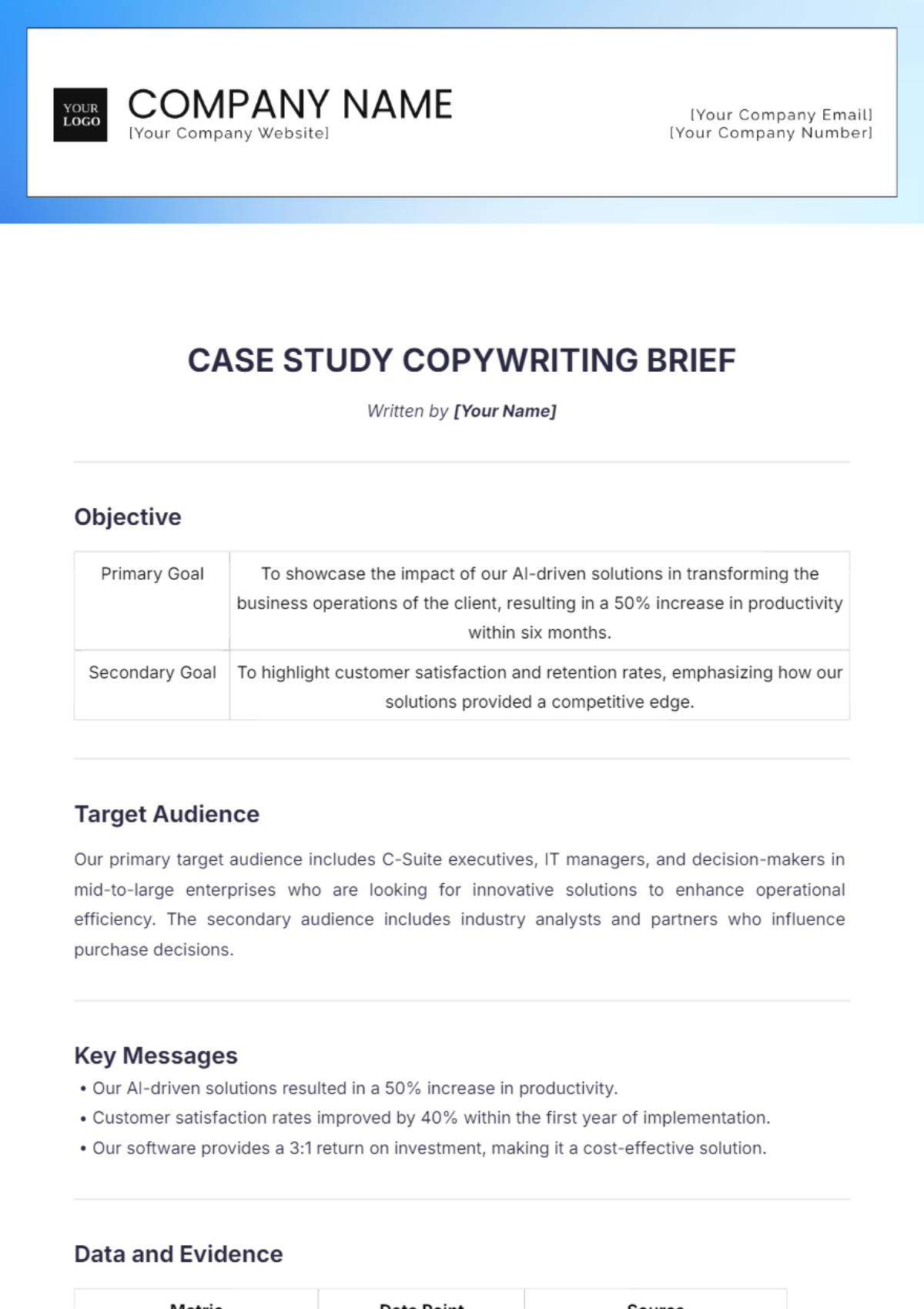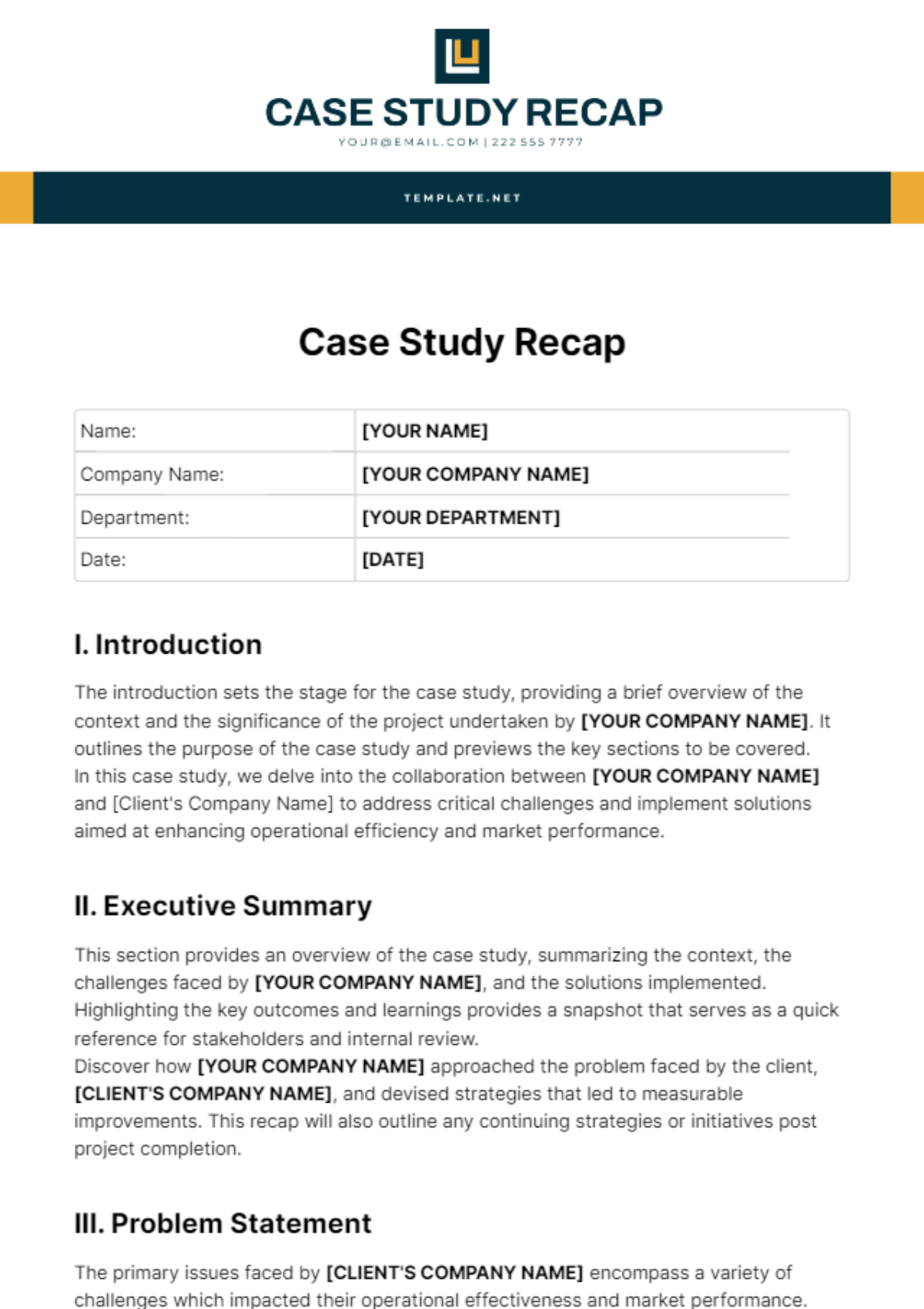Cohort Observational Study
Principal Investigator: [YOUR NAME]
Affiliation: [YOUR COMPANY NAME]
Date: [SUBMISSION DATE]
Introduction
A cohort observational study is a research method that involves following a group of individuals (a cohort) over a specific period to examine the effects of exposures or interventions on various outcomes. Unlike experimental studies, cohort studies do not involve manipulating variables but rather observe and record outcomes as they naturally occur. This approach allows researchers to identify correlations between exposures and outcomes while minimizing biases associated with experimental manipulation.
Objectives
The primary objective of a cohort observational study is to identify relationships between exposures (such as lifestyle factors, environmental influences, or medical interventions) and outcomes (such as health conditions, behaviors, or disease incidence). The study aims to provide insights into how different exposures impact participants over time and to establish patterns or correlations that may warrant further investigation.
Study Design
Selection of Cohort
The cohort is typically selected based on certain characteristics relevant to the study objectives. Participants are usually grouped according to their exposure status or other defining criteria.
Selection Criteria:
Inclusion Criteria: Characteristics that participants must have to be included in the study (e.g., age range, health status, geographic location).
Exclusion Criteria: Characteristics that disqualify individuals from participating (e.g., pre-existing conditions, conflicting medications).
Table 1: Example Selection Criteria
Inclusion Criteria | Exclusion Criteria |
|---|---|
Age 18-65 | Pre-existing heart disease |
No history of cancer | Pregnant women |
Reside in urban areas | Severe mental illness |
Data Collection
Data is collected at multiple time points throughout the study period. This can include baseline data and follow-up assessments.
Methods of Data Collection:
Surveys and Questionnaires: Collect information on lifestyle factors, health history, and behaviors.
Medical Records: Review of participants' health records for clinical data.
Interviews: Conduct interviews to gather qualitative data on experiences and perceptions.
Biomarkers: Measure biological indicators related to exposures and outcomes.
Table 2: Data Collection Methods
Data Collection Method | Description |
|---|---|
Surveys and Questionnaires | Self-reported data on health and behaviors |
Medical Records | Clinical data from healthcare providers |
Interviews | Qualitative insights from participants |
Biomarkers | Biological measurements related to exposures |
Follow-Up Period
The follow-up period varies depending on the study's objectives. It could range from months to several years, depending on the outcomes being studied and the feasibility of tracking participants over time.
Table 3: Follow-Up Periods
Study Objective | Follow-Up Duration |
|---|---|
Long-term health outcomes | 5 years |
Short-term behavior change | 6 months |
Disease incidence | 10 years |
Analysis
Data Analysis Methods
Data analysis in a cohort observational study involves examining correlations between exposures and outcomes. Common statistical methods include:
Descriptive Statistics: Summarize the data using means, medians, and standard deviations.
Inferential Statistics: Assess relationships using regression analysis, survival analysis, and correlation tests.
Stratified Analysis: Examine subgroups within the cohort to identify potential variations in outcomes.
Table 4: Statistical Methods
Method | Description |
|---|---|
Descriptive Statistics | Provides summary measures and distributions |
Regression Analysis | Examines relationships between exposures and outcomes |
Survival Analysis | Assesses time to event data |
Correlation Tests | Evaluate the strength and direction of relationships |
Interpretation of Results
The results are interpreted to identify significant associations between exposures and outcomes. It is crucial to consider potential confounding factors and biases that may affect the findings.
List of Considerations:
Confounding Variables: Variables that might influence both the exposure and outcome, potentially skewing results.
Bias: Systematic errors that could distort the findings, such as selection bias or reporting bias.
Generalizability: The extent to which findings can be applied to other populations or settings.
Conclusion
A cohort observational study provides valuable insights into the relationships between exposures and outcomes by observing a group of individuals over time. This method helps identify potential risk factors, inform public health strategies, and guide further research. While it does not involve manipulating variables, careful design, data collection, and analysis are essential to ensure the validity and reliability of the findings.
By understanding and applying these principles, researchers can effectively utilize cohort observational studies to advance knowledge in various fields and contribute to evidence-based practices.
References
Hernán, M. A., & Robins, J. M. (2050). Causal Inference: What If. Chapman & Hall/CRC.
This book provides a comprehensive overview of causal inference methods and their application in observational studies.
Collett, D. (2051). Modeling Survival Data in Medical Research. Chapman & Hall/CRC.
An authoritative resource on survival analysis, which is often used in cohort studies to analyze time-to-event data.
Gordis, L. (2052). Epidemiology. Elsevier.
A fundamental textbook on epidemiology, offering insights into study design, including cohort studies.







